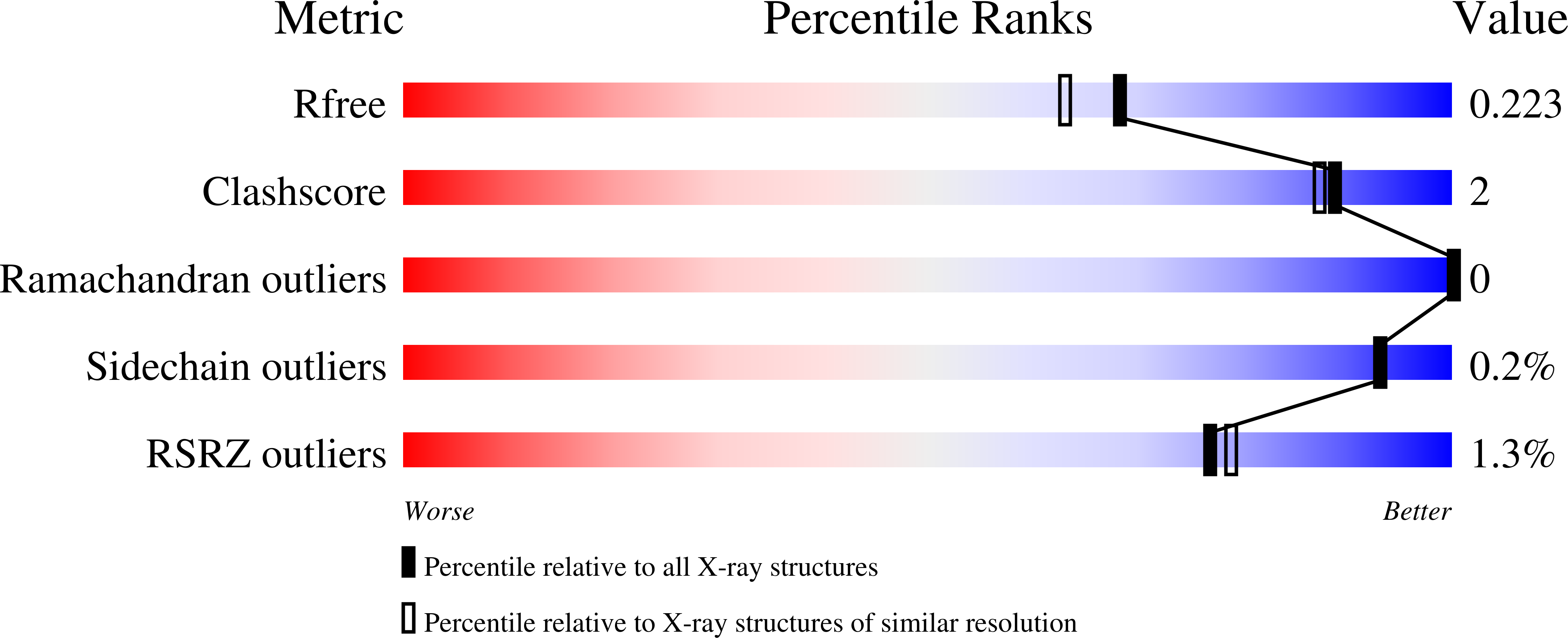
Deposition Date
2022-07-22
Release Date
2023-03-08
Last Version Date
2024-05-01
Entry Detail
Biological Source:
Source Organism:
Priestia megaterium (Taxon ID: 1404)
Host Organism:
Method Details:
Experimental Method:
Resolution:
1.87 Å
R-Value Free:
0.21
R-Value Work:
0.18
R-Value Observed:
0.18
Space Group:
C 2 2 21


